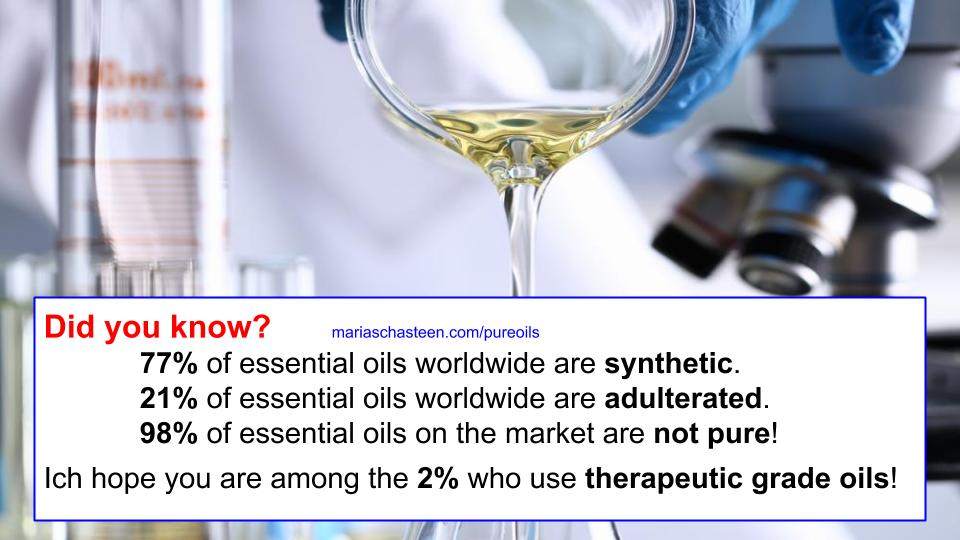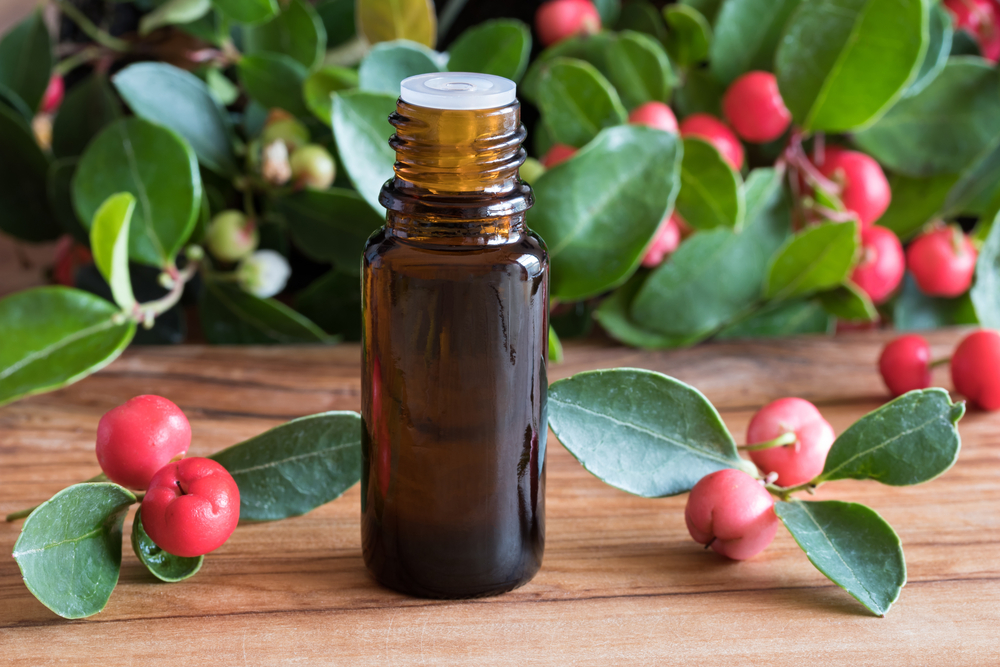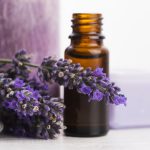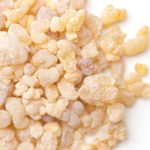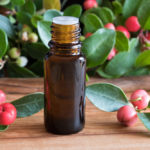Pure oils give life! Synthetic oils make you sick!
The facts about „pure oils“:
Pure oils are worth their weight in gold. They are not found around every corner. Look at these statistics:
- 77% of the so-called „essential oils“ worldwide are synthetic oils.
- 21% of the essential oils worldwide are adulterated, altered oils.
That means:
- 98% of the oils on the world market are not pure oils.
- Only 2% of the essential oils worldwide are therapeutic grade essential oils.
This information about pure oils comes from the pioneer of modern day aromatherapy, Dr. Gary Young. He is the father of the modern essential oils movement and expert in essential oil research. Only an insider can know these facts, because there is no company that voluntarily markets its „essential oil“ as synthetic or fake oil. The statement comes from a training audio released by Young Living in the 1990s. Since you have no access to these records (they are no longer available), I have made it my business to tell you about them so that this knowledge is not lost.
This assessment is correct, because …
How many drops of therapeutic grade essential oil is used per person worldwide each day? A fraction of the world’s population uses therapeutic grade essential oils every day. (2%?)
In contrast, how many people use chemical detergents for washing up; cleaning the floor, bathroom and toilet; washing laundry? How many use synthetic body and hair care products, dental care and beauty products? How about aerosol sprays to cover up unpleasant odors (in the toilet, in the car, on upholstered furniture, and carpets), etc. All of these products contain synthetic oils. The toilet cleaner smells of lily of the valley, the dishwasher detergent of lemon, the room spray of Granny Smith apple scent, etc. (Are these scents 77% synthetic?)
These so-called „fragrance oils“ are manufactured synthetically in the laboratory. There are huge chemical companies on the east coast of the United States that specialize exclusively in the production of synthetic fragrances to chemically replicate every fragrance imaginable.
21% of the so-called „essential oils“ are adulterated, with synthetic substances mixed, and improperly manufactured. Adulterated oils can only be detected by extensive laboratory tests. One example is Frankincense oil.
Know your supplier!
It is invaluable to know your frankincense oil supplier (and the supplier of all raw materials and their essential oils) personally. Even more valuable it is to know that your supplier owns and operates their own frankincense plantations in the far country of origin. You know: immediately after the frankincense harvest, the oil is distilled from unadulterated frankincense resins. According to therapeutic standards of distillation, which is no common knowledge, the distillation process takes up to sixteen hours. Without adding or taking away chemical constituents in the lab, the essential oil analysis via GC / MS and HPLC standards certifies the outstanding properties of this frankincense oil.
In a word, it is most valuable to have a supplier of essential oils you personally know and trust a 100 percent. (Excerpt from the book: Frankincense – The Oldest Remedy in the World, Maria Schasteen)
The secret danger of adulterated essential oils!
Pure lavender oil? The lavender illusion!
Today, many of the commercially available lavender oils are a hybrid called Lavandin, grown and distilled in China, Russia, France and Tasmania. It is brought to France, mixed with synthetic linalol and linalyl acetate to improve the fragrance. Then propylene glycol, DEP or DOP (solvents that have no smell to it and increase the volume) [known potential carcinogens] are added to the essential oil and then sold as „pure lavender oil“.
Lavandin is often heated to evaporate the camphor and then adulterated with synthetic linalyl acetate. Most consumers don’t know the difference and are happy to buy the oil cheaply in health food stores or on the internet. This is one of the reasons why it is important to know the integrity of the company from which you buy your essential oil. This is the company I trust.
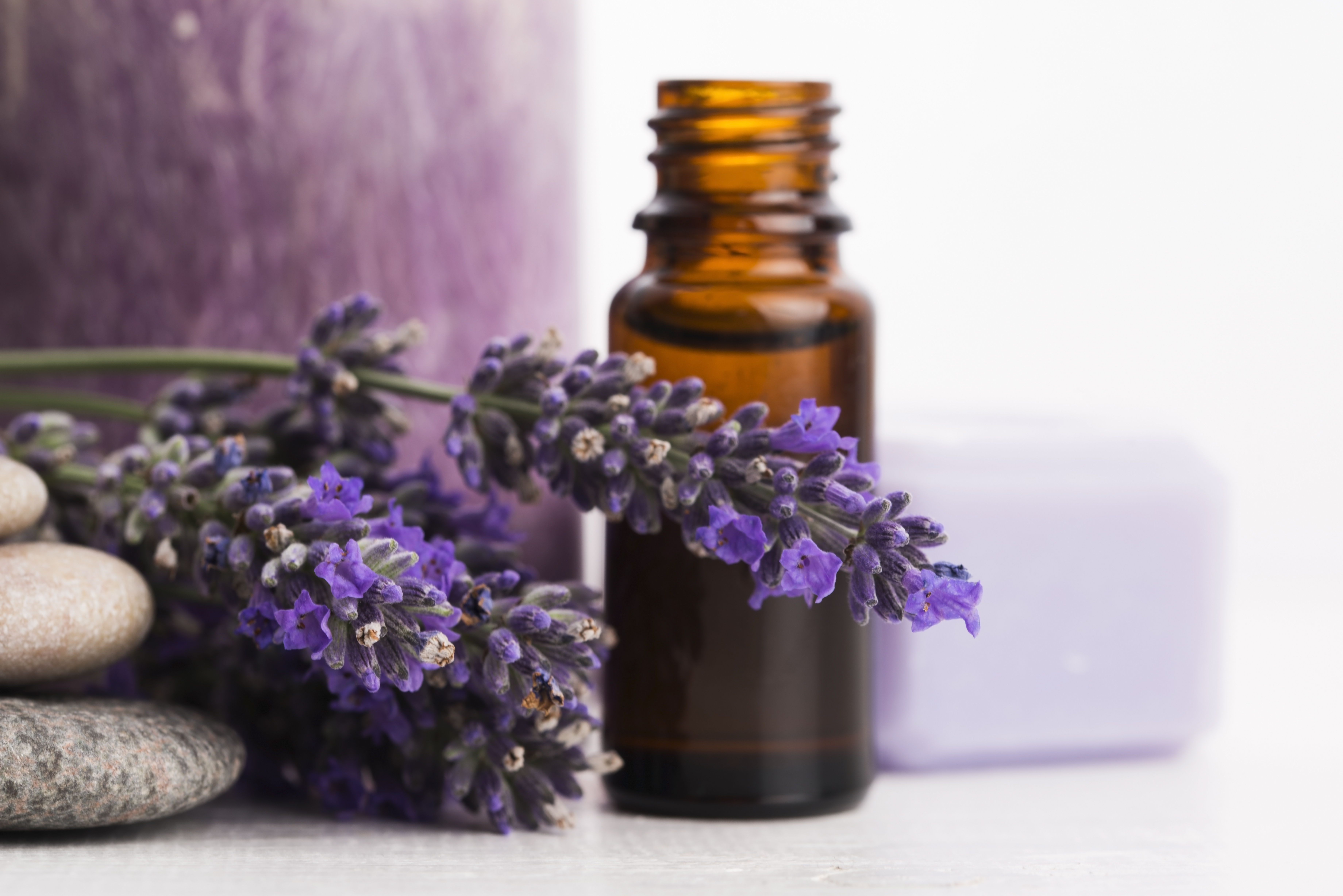
Where does the lavender come from?
In France, the production of real lavender oil (Lavandula angustifolia) fell from 87 tons in 1967 to only 12 tons in 1998. During this time, the global demand for lavender oil grew by more than 100%.
So where did the vendors get enough lavender oil to meet demand?
They most likely used a combination of synthetic and adulterated oils. It is estimated that between 10 and 100 kilograms of synthetic oil is manufactured in the lab for every kilogram of pure essential oil that is produced from organically grown lavender plants. Some statistics show that one company – Proctor & Gamble™ – uses twice as much essential oil as is produced worldwide. Where do these so-called “essential oils” come from? Are they synthetic oils from the laboratory?
Lavender that burns the skin?
Falsified and incorrectly labeled essential oils represent dangers for the consumer. A woman who had heard that lavender oil could be put on a wound used lavender oil from a local health food store. She had spilled boiling water on her arm and wanted to ease the pain. But by using this cheap „lavender oil“ the pain increased and the burn got exceedingly worse. She later complained that lavender oil was worthless in helping with wounds …
When her “lavender oil” was analyzed, it turned out that it was lavandin, a lavender hybrid that is chemically very different from a pure Lavandula angustifolia plant. Lavandin contains high levels of camphor (12-18%) and can burn the skin. In contrast, real lavender contains almost no camphor and has certain active ingredients that are not found in lavandin.
Pure Oils: The differences in quality of frankincense resin
Pure oils come from high quality raw materials. The picture below shows pure, precious frankincense resin from Oman. It is a highly sought after commodity.
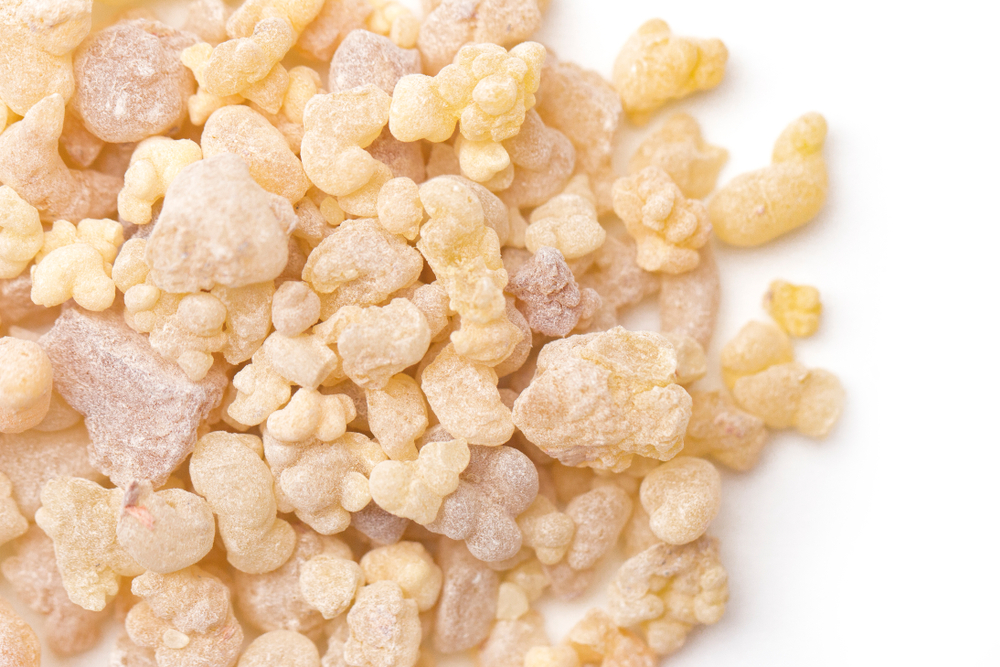
Adulterated frankincense loaded with harmful chemicals!
Frankincense is unfortunately another example of an often adulterated oil. The frankincense resin sold in Somalia costs between € 30,000 and € 35,000 per ton. Around 12 hours or more of time is required to extract this precious essential oil from the resin by proper distillation. This makes it very expensive. Frankincense oil, which sells for around € 25 per 30 ml or less, is distilled with gum resins, alcohol, or other solvents. It is a much cheaper process, but it produces an essential oil loaded with harmful chemicals. It is sad that these modified, synthetic and adulterated oils are offered to the public because they harm the body.
Ask the company of your choice about their wintergreen oil!
Attention! This rose oil could harm you!
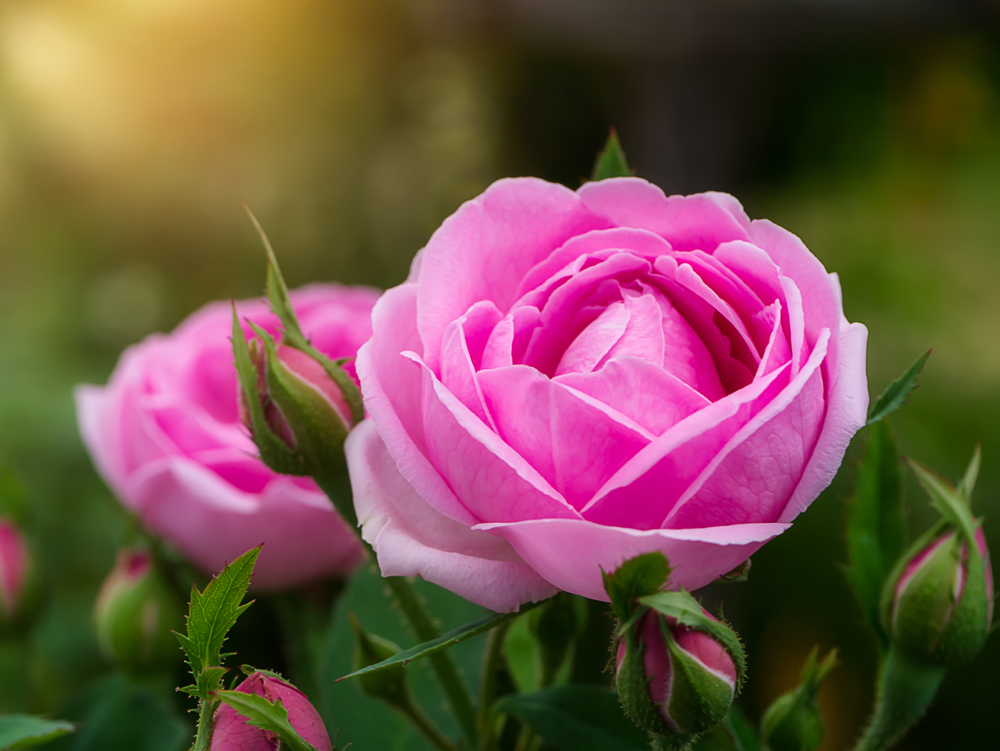
Rose oil is another highly valued and usually adulterated oil because it is in great demand. You can imagine that pure rose oil is very expensive to produce because …
”2 tons of rose petals are required to produce 1/2 liter of rose oil.”
Companies buy oils from profit-oriented dealers and use them in their products in good faith – without testing, and without really knowing what constitutes and compounds a highly effective essential oil should actually have.
After all of what’s been said, you will agree that our world is full of disease-causing chemical fragrances. Effective essential oils, produced according to therapeutic grade standards, are a rare gift that’s not easy to come by. Find essential oils that well-meaning people lovingly extract from nature’s raw materials. Not profit and greed is their motivation but a responsibility to mankind and nature. With all the work and effort that go into the production of essential oils, they know that such essential oils keep you fit and happy.

Learn more about essential oils.
More questions? I’m here for you!
